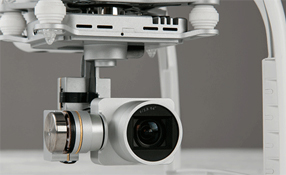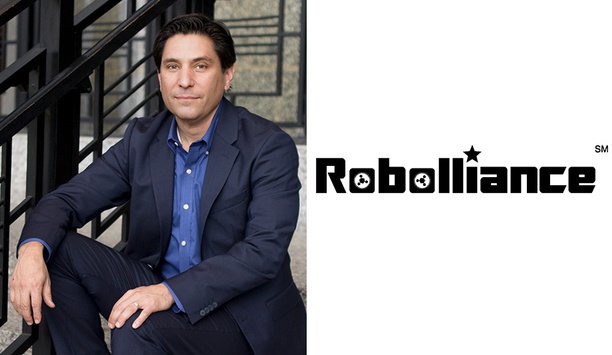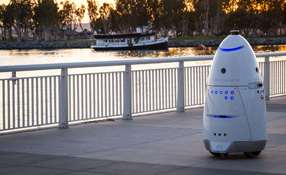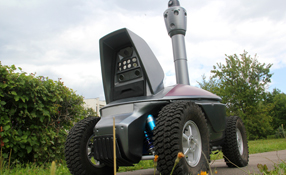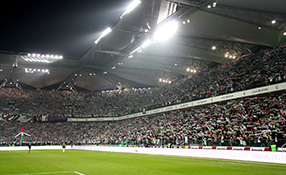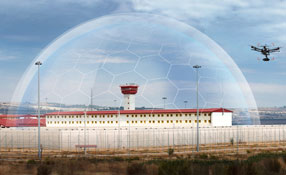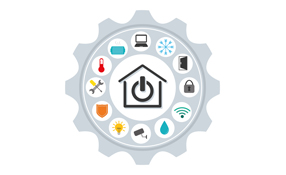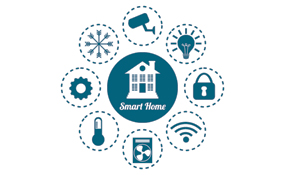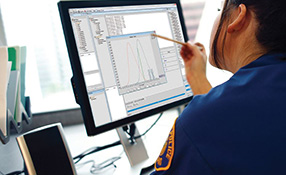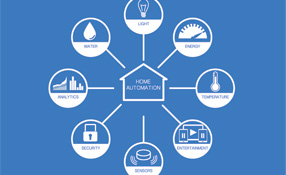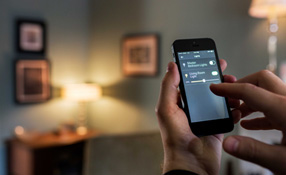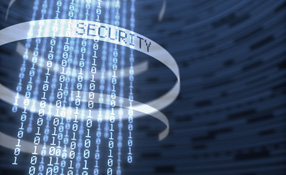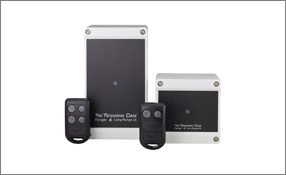Not too long ago the idea of home automation was strictly the province of the rich and famous. With costs that soared as high as $100,000 or more, controlling HVAC, lighting, doors and security from a single source just wasn’t in the budget for Main Street America.
That was then, but now is an entirely different story. The “connected home” in which smart phones and tablets serve as controllers for Internet-enabled devices has gone mainstream. Installers are still fashioning high end systems, but these days large companies such as Apple, Google, Comcast, and AT&T have joined security giants like Honeywell and ADT in selling solutions that just about anyone can afford.
The numbers point to an expanding market. At end of 2016, there will be 44 million smart home service households globally – up from just 9 million at the end of 2014. These services are expected to produce revenues of about $5 billion annually, according to Rawlson O'Neil King, Communications Director of the Continental Automated Buildings Association.
Reductions in cost are putting home automation within the reach of a greater number of people. Custom systems can now be had for $50,000 or less. While that’s still a lot of cash, it can more easily folded into the cost of a mortgage or a home construction loan.
Home automators have also borrowed a page from the security industry by offering hardware as a loss leader in order to gain recurring revenue from monthly service fees.
“This new enhanced offering is adding more value to the consumer, therefore they are likely to be more inclined to take on a system,” explains King. “They’re also more likely to continue paying for that system over time than if it’s simply a burglar alarm, which is getting more and more commoditized every day.”
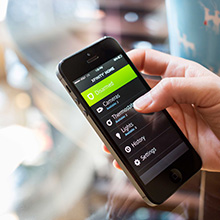 |
| Home automation got its biggest boost with the unveiling of the iPhone |
Cable companies and telecoms have also started adding home automation to their other product offerings. They began with security monitoring and more recently they have sweetened the mix with home automation.
“The services providers in this space are overwhelmingly alarm monitoring security companies focused on the residential segment of the market,” says Alper Cetingok, Managing Director and Head of Security, Defense & Government Services with Raymond James.
These companies have achieved market penetration rates of around 20 percent of U.S. households for quite some time. With such a large market, these companies have a perfect opportunity to expand their offerings and increase their value to existing customers, according to Cetingok.
“If you listen to some prognosticators in the market, they suggest that the introduction of smart home has the potential to increase market penetration rates to roughly 40 percent – a doubling of the addressable market,” he adds.
Home automation as a product and service is nothing new. The Continental Automated Buildings Association has been around for more than 25 years promoting home automation.
“The primary difference now is the fact that technology is more pervasive,” says King. “It’s more pervasive because of the rapid expansion of broadband internet access – especially in large urban areas. Then home automation got perhaps its biggest boost with the unveiling and of the iPhone – followed by its many imitators.
These pocket sized computer could do more than just make calls and receive email. They also enabled app-based technologies that effectively put a device controller in everyone’s hand. That has been the key to democratizing home automation and creating the Smart Home for almost everyone.



